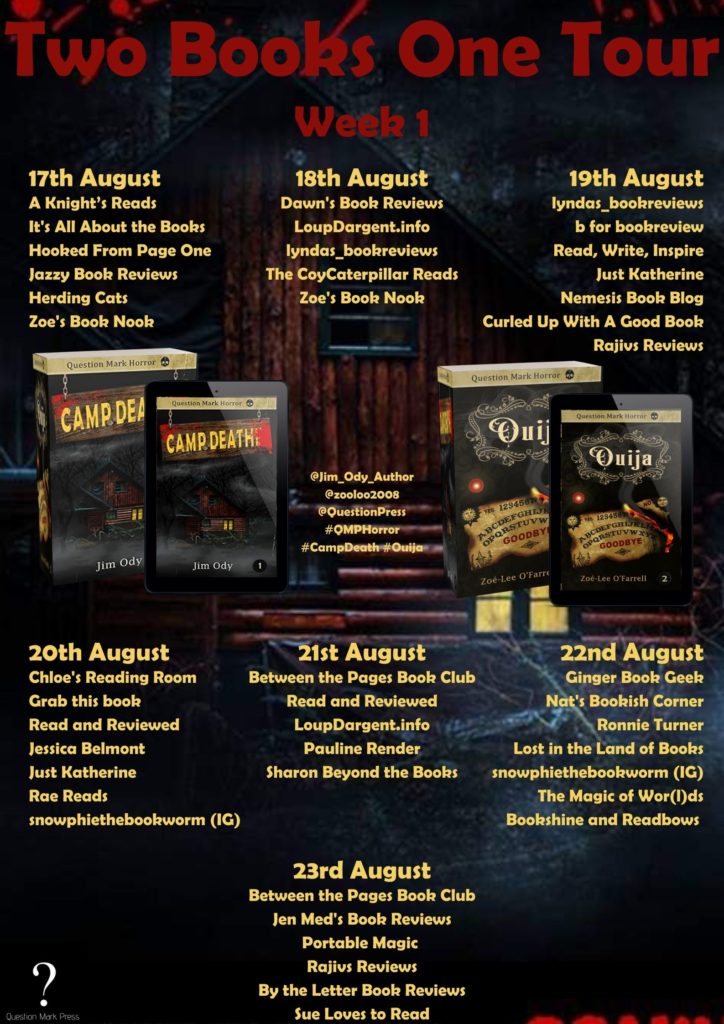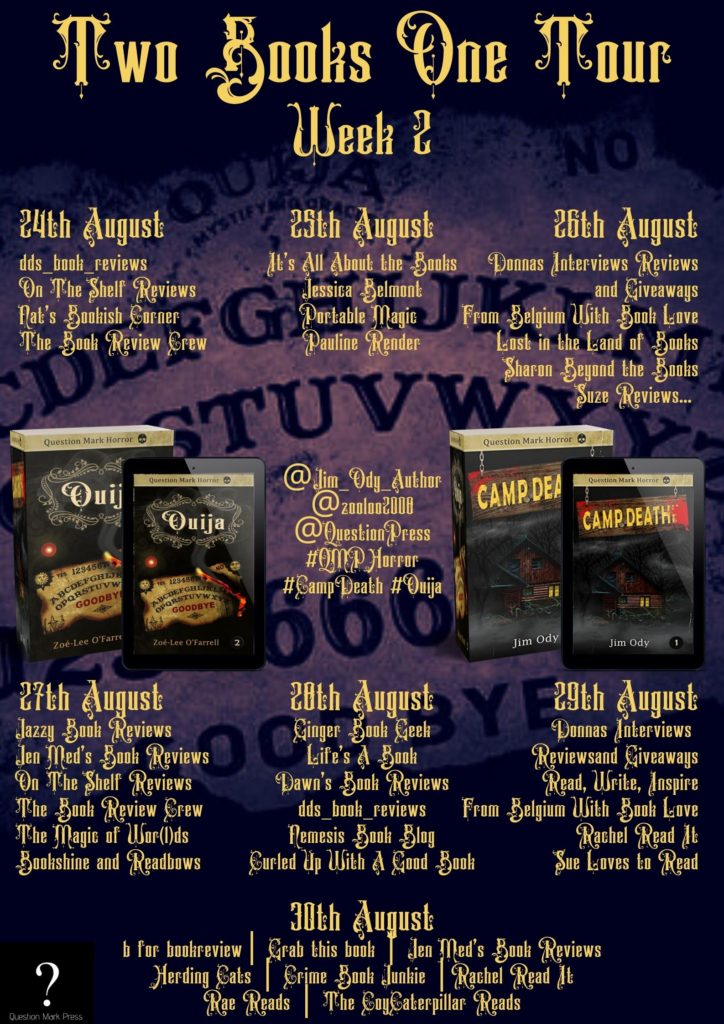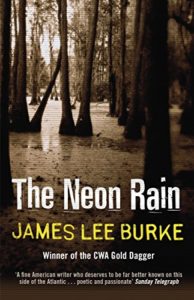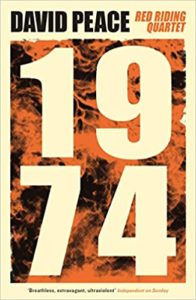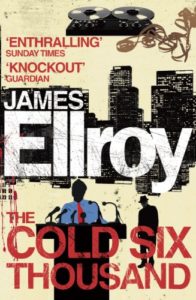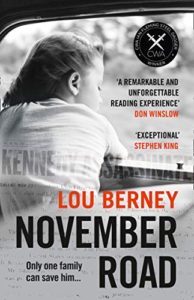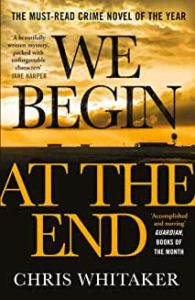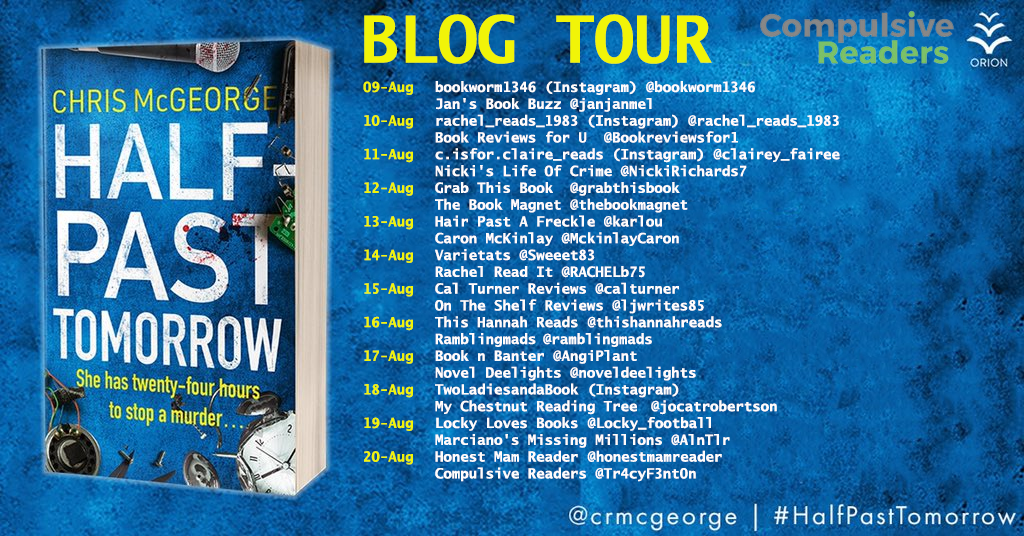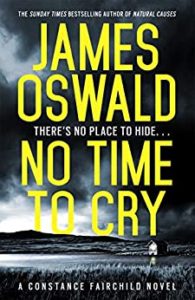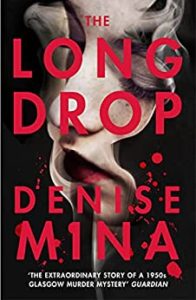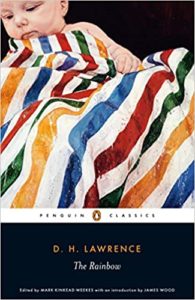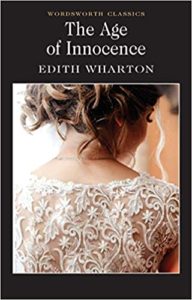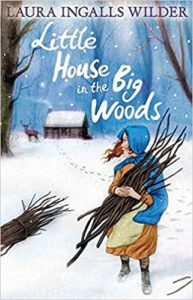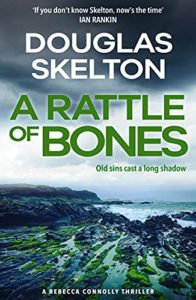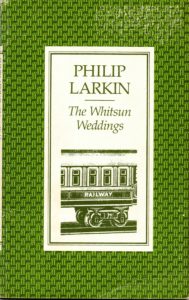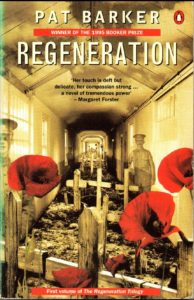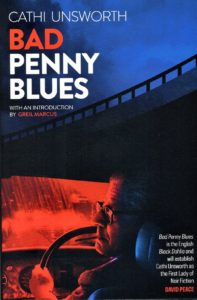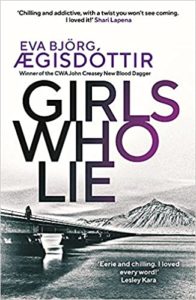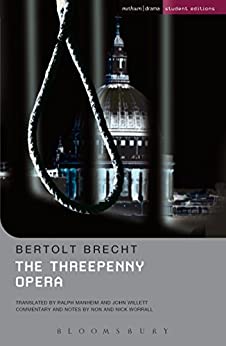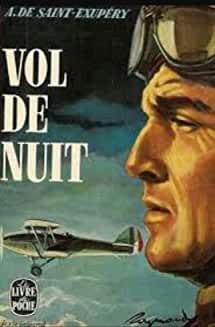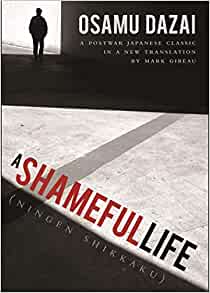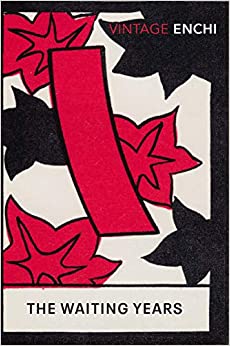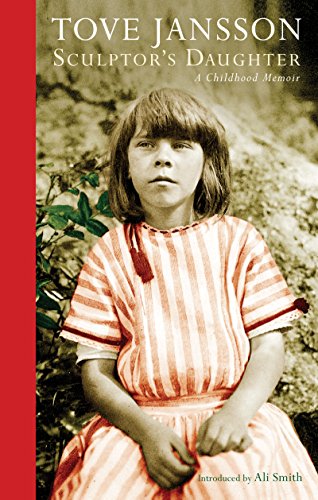Ouija – Zoé-Lee O’Farrell
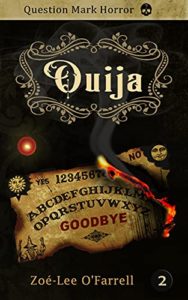 The only thing for certain is the deaths were no accident.
The only thing for certain is the deaths were no accident.
Rayner High School once a prestigious school stands in ruins after such a terrible event.
A year later, a group of friends return to the abandoned school and their nightmare begins.
Something wants to get out and won’t take NO for an answer…
My thanks to Zoe-Lee O’Farrell for the opportunity to join the Question Mark Horror Blog tours.
I received a review copy of Ouija and Camp Death from the publishers so I could participate in this double-header blog tour.
I missed out on Point Horror as a reader, I was already onto King, Herbert, Laymon and Hutson when the Point Horror titles were at a peak. However, I was a young bookseller back in the day and I sold dozens of them, usually to the same faces every couple of weeks as a wave of young horror readers came to our bookshop to get their latest fix.
Question Mark Horror seem to be tapping into the same target readership as both Ouija and Camp Death are chillers but keep on the careful side of being too detailed with the depictions of carnage. YA readers will have a ball with these though and it is always great to see horror titles being enjoyed.
This leg of the Two Books One Tour is about Ouija by Zoé-Lee O’Farrell and the name is a big clue as to where the menace lies. Six childhood friends decide they will use an ouija board to communicate with the dead. Not only do they feel this is a sensible thing to do, they decide to do it in the old school in their town, a building no longer in use after it was the scene of an horrific massacre where staff and students died at the hands of an unknown assailant. Though perhaps this is a mystery which the ouija board could help cast some light upon?
The book opens with a flashback to the start of the massacre in the school but before we can get too much idea as to what may be about to unfold the narrative switches to the six friends who will be the stars of the show. Readers get to learn about each of the kids and understand the group dynamic. It’s clear there are some rivalries and hidden affection but they seem a tight group despite not all of them being keen to venture into Rayner High School and communicate with the spirits.
Soon the friends are slipping out their homes and making their way to the ruined building. Their final destination (as it were) is to be the Headmaster’s study but as they edge their way along the dark corridors we can see they are not the only ones moving around the old school that night. Without getting into too much more detail things do not go to plan and the friends don’t get to complete their ritual properly, have they left a path open for any of the spirits?
It isn’t long before unexplained incidents start happening around some of the group and each becomes increasingly unnerved. Their terror is complete when one of their number dies and the readers soon learn that one death is only just the beginning.
As I tend to read at night I will confess Ouija had me nervously glancing into the dark corners of my room on more than one occasion. It’s a relatively quick read and the story zips along at a very satisfying pace which meant we got to the darker events pretty quickly. Fans of horror films and chilling fiction will get their kicks from this one as there are plenty of recognisable horror devices brought into play. Good fun and always a treat to get a new horror read, I look forward to seeing what Question Mark Horror will have for us in future.
Ouija is available in digital format and can be ordered here: https://www.amazon.co.uk/gp/product/B0997CPK3J/ref=dbs_a_def_rwt_bibl_vppi_i0
The Question Mark Horror tour is a two book affair and I will be back with my thoughts on Camp Death at the end of the month
